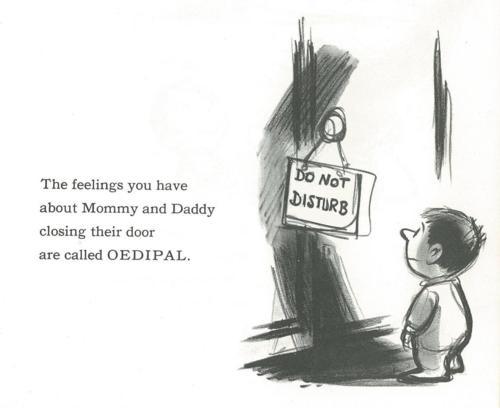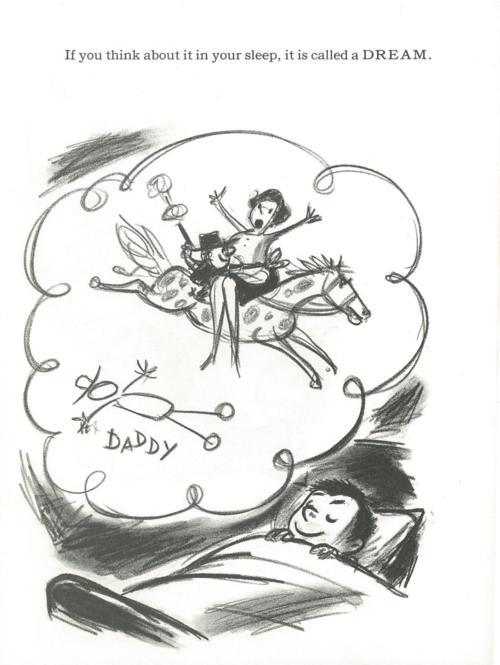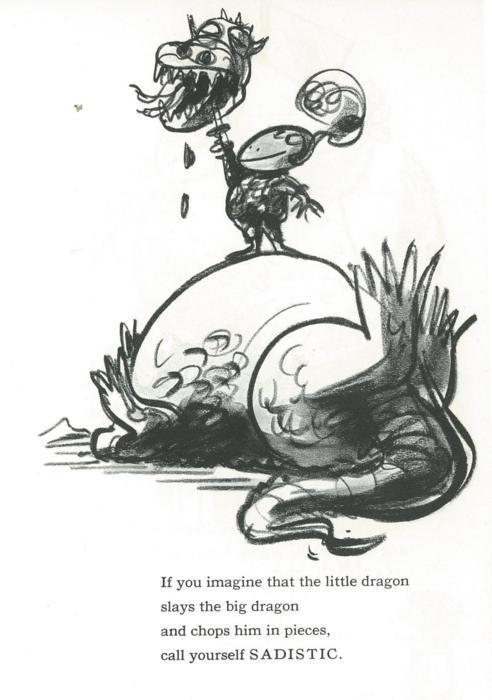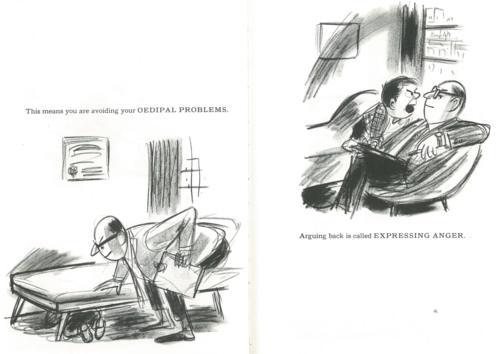Facts about Sigmund Freud for Kids
- Sigmund Freud, was an Austrian neurologist who became known as the founding father of psychoanalysis.
- Interested in law as a student, he moved instead into medicine, undertaking research into cerebral palsy, aphasia and microscopic neuroanatomy.
- He went on to develop theories about the unconscious mind and the mechanism of repression, and established the field of verbal psychotherapy by creating psychoanalysis, a clinical method for treating psychopathology through dialogue between a patient (or “analysand”) and a psychoanalyst.
- Though psychoanalysis has declined as a therapeutic practice, it has helped inspire the development of many other forms of psychotherapy, some diverging from Freud’s original ideas and approach.
- Freud postulated the existence of libido, developed therapeutic techniques such as the use of free association, discovered transference and established its central role in the analytic process, and proposed that dreams help to preserve sleep by representing as fulfilled wishes that would otherwise awake the dreamer.
- While psychoanalysis remains influential within psychiatry and the humanities, some critics see it as pseudo-scientific and sexist, and a study in 2008 suggested it had been marginalized within university psychology departments.
- Freud was born to Jewish Galician parents in the Moravian town of Příbor, Austrian Empire, now part of the Czech Republic.
- His father, Jacob Freud (1815–1896), was 41, a wool merchant, and had two children by a previous marriage.
- According to his biographer Ernest Jones (1945), Freud’s Jewishness, though he was a secular Jew, contributed significantly to his work.
- As a result of the Panic of 1857, his father lost his business, and the Freud family moved to Leipzig, before settling in Vienna.
- After the publication of The Interpretation of Dreams in November 1899, interest in his theories began to grow, and a circle of supporters developed.
- This group was called the Wednesday Psychological Society and it marked the beginnings of the worldwide psychoanalytic movement.
- After this development Jung recognized that his position was untenable and resigned as editor of the Jarhbuch and then as president of the IPA in April 1914; the Zürich Society withdrew from the IPA the following July.
- The final defection from Freud’s inner circle occurred following the publication in 1924 of Rank’s The Trauma of Birth which other members of the committee read as, in effect, abandoning the Oedipus Complex as the central tenet of psychoanalytic theory.
- In the early 1890s Freud used a form of treatment based on the one that Breuer had described to him, modified by what he called his “pressure technique” and his newly developed analytic technique of interpretation and reconstruction.
- According to Freud’s later accounts of this period, as a result of his use of this procedure most of his patients in the mid-1890s reported early childhood sexual abuse.
- Since the aetiology of the neuroses is given by way of the conflict between infantile sexuality and the opposition of the ego (repression) masturbation, which is only an executive of infantile sexuality, cannot a priori be presented as harmless”.
- The id is the completely unconscious, impulsive, child-like portion of the psyche that operates on the “pleasure principle” and is the source of basic impulses and drives; it seeks immediate pleasure and gratification.
- Fritz Perls, who helped to develop Gestalt therapy, was influenced by Reich, Jung and Freud.
- Simone de Beauvoir criticizes psychoanalysis from an existentialist standpoint in The Second Sex, arguing that Freud saw an “original superiority” in the male that is in reality socially induced.





Δεν υπάρχουν σχόλια:
Δημοσίευση σχολίου